By Michael D. Hull
If ever the stamina, courage, and spirit of U.S. infantrymen were tested during World War II, it was at the Battle of the Hürtgen Forest in November 1944.
There, in a campaign of prolonged and bitter attrition in a gloomy, dense, muddy forest on the German-Belgian border that could and should have been avoided, American soldiers struggled to overcome stubborn German defenders under the worst imaginable conditions. The GIs called it the “Hürtgenwald meat grinder.”
The Hürtgen was strictly a foot soldier’s war, for the rugged, ravine-creased terrain, the lack of a road net, and atrocious weather negated the American superiority in armor and air power. It was left to the infantry to decide the battle, and in the final measure it was guts rather than skill that got the Americans through the forest.
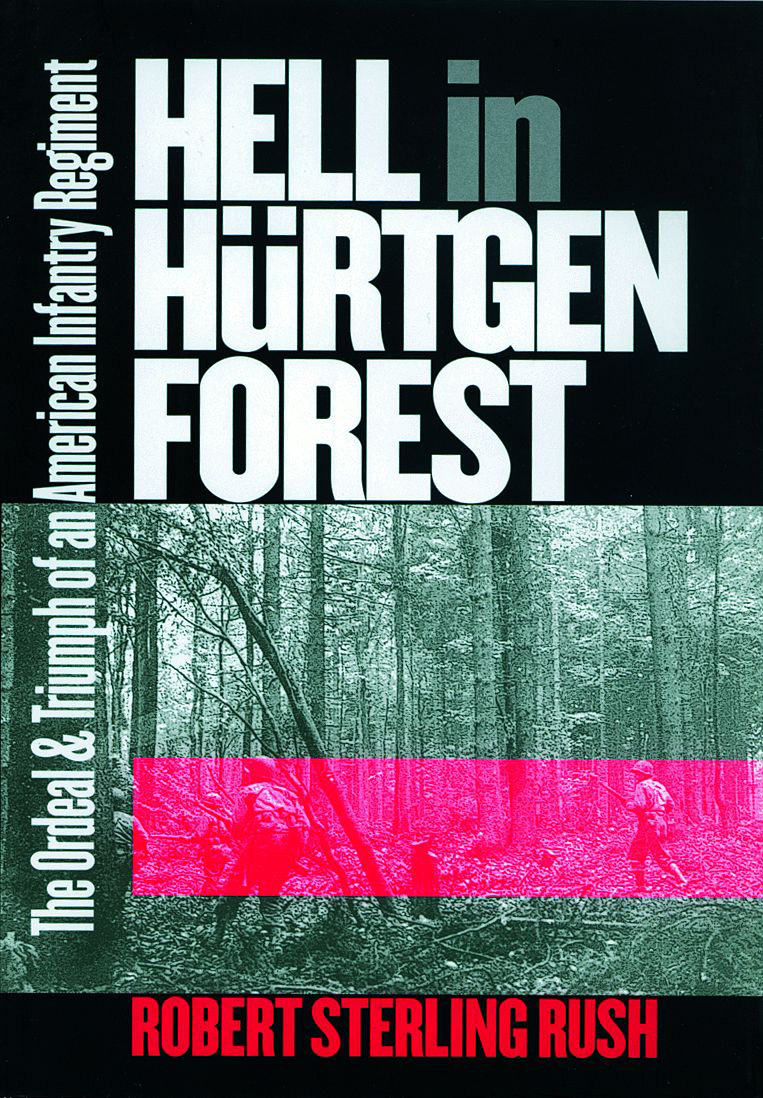 Overshadowed by the Ardennes campaign, merely footnoted in generals’ memoirs (notably Dwight D. Eisenhower and Omar N. Bradley), and overlooked by most historians, the grim and brutal ordeal of Hürtgenwald is revealed fully in Hell in Hürtgen Forest by Robert Sterling Rush (University Press of Kansas, Lawrence, 2001, 403 pp., 18 photographs, 17 maps, tables, glossary, index, $34.95 hardcover).
Overshadowed by the Ardennes campaign, merely footnoted in generals’ memoirs (notably Dwight D. Eisenhower and Omar N. Bradley), and overlooked by most historians, the grim and brutal ordeal of Hürtgenwald is revealed fully in Hell in Hürtgen Forest by Robert Sterling Rush (University Press of Kansas, Lawrence, 2001, 403 pp., 18 photographs, 17 maps, tables, glossary, index, $34.95 hardcover).
In this scholarly, immensely detailed, and authentic study, Rush, a retired command sergeant major and author of U.S. Army manuals, focuses on the experiences of Colonel Charles T. Lanham’s 22nd Infantry Regiment of the 4th Infantry Division to produce one of the best chronicles of American small-unit combat yet published. Veterans and professional soldiers will find it thoroughly absorbing and highly instructive.
The 22nd Regiment, which had landed at Utah Beach, Normandy, on June 6, 1944, and whose motto was “Deeds, Not Words,” suffered casualties in the Hürtgenwald comparable to the losses incurred by regiments during the Wilderness campaign of the Civil War in 1864 and in the Verdun, Passcheadaele, and Meuse-Argonne battles of World War I. Few American units have ever experienced such losses, says the author.
Despite heavy artillery support, it cost the 22nd Regiment 2,806 casualties to advance 6,000 yards at an average of just over 300 yards a day during 18 continuous days of combat. In other words, one soldier fell for every two yards. Every battalion commander present for duty on November 16, 1944, was either killed or wounded by November 18, and the attrition rate among rifle company commanders was more than 300 percent.
The GIs fought exhaustion, hunger, battle fatigue, and trench foot, and hot meals and a dry place in which to sleep were almost non-existent. Cold, fog, rain, and snow compounded their miseries in the Hürtgenwald, where elements of eight U.S. divisions were chewed up in the push toward the Roer River.
Although participants and some high-ranking officers—both American and German—questioned the necessity of the Hürtgen campaign and regarded it as a blunder attributable to Lt. Gen. Bradley, commander of 12th Army Group, it did have unintended consequences beneficial to the American cause, says author Rush. The bloodletting, particularly the fight around Hürtgen, Kleinhau, and Grosshau, may have altered the outcome of the Battle of the Bulge by presenting a strong shoulder that the German Sixth Panzer Army never broke. If the U.S. effort had bypassed Hürtgenwald to the north in November, he reasons, the forest could have served both as a hinge on which the German counteroffensive would pivot in December and as a natural shield to benefit the enemy.
Drawing upon veterans’ anecdotes, diaries, and his own expertise, the author compares American and German training and combat methods—with special attention paid to the much-maligned replacement system—and shows how, despite terrible losses on both sides, the Americans were able to maintain unit integrity and to persevere.
Hell in Hürtgen Forest is a provocative and solid case study of modern infantry combat.
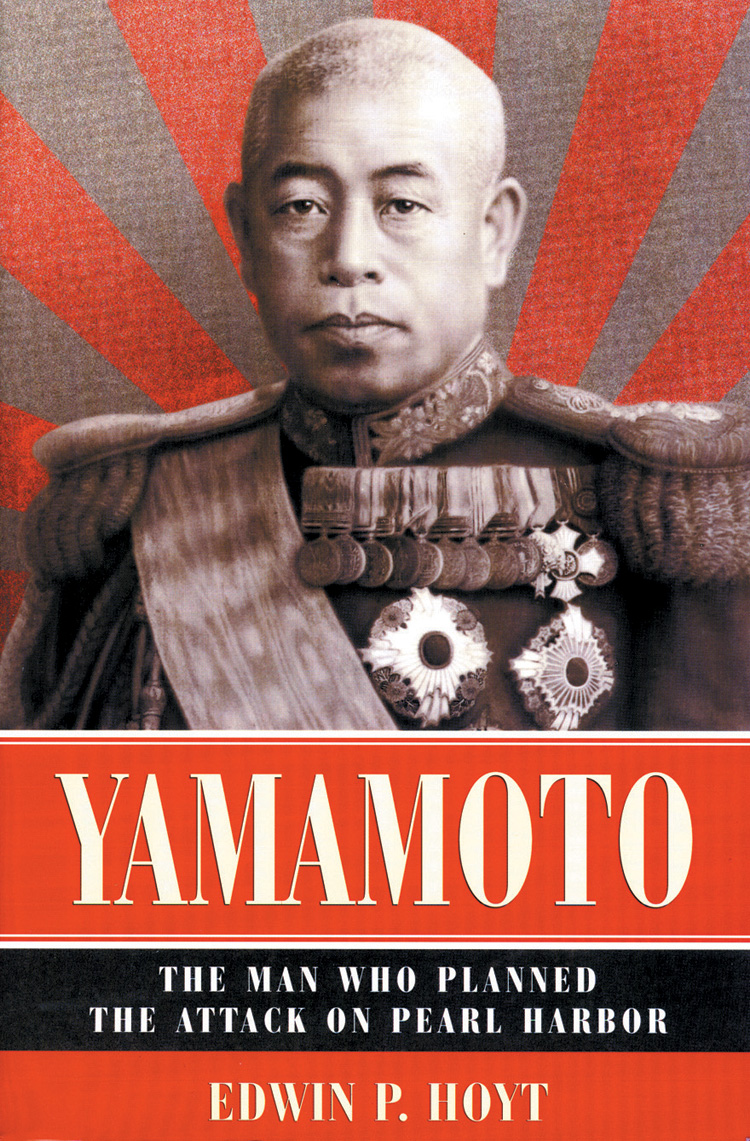 Recent and Recommended
Recent and Recommended
Yamamoto by Edwin P. Hoyt, The Lyons Press, Guilford, Conn., 2001, 271 pp., 34 photographs, 4 maps, notes, index, $16.95 softcover.
As the 1930s progressed, the Imperial Japanese Army moved closer and closer to gaining absolute power over the Tokyo government. After the staging of the “Mukden Incident,” which enabled the Kwantung Army to seize Manchuria, the army continued a hell-bent campaign of expansionism and dragged the Imperial Japanese Navy along with it. Admiral Isoroku Yamamoto, a rising star and principal advocate of naval air power, found himself reluctantly sending aircraft against China and deeply involved in the 1937 incident on the Yangtze River when the gunboat USS Panay and two British Royal Navy gunboats were attacked by Japanese planes.
A patriot and wounded cruiser veteran of the decisive Battle of Tsushima during the Russo-Japanese War in 1905, Yamamoto was a vigorous opponent of war. As naval vice minister, he was aghast at the army’s temerity, and his well-known views made him an assassination target of a group of young naval officers—the “Young Lions”—who believed that it was Japan’s destiny to rule Asia.
Yamamoto was spared when his mentor, Admiral Mitsumasa Yonai, naval minister and later prime minister, arranged for him to command the Japanese Combined Fleet. This took him out of a Tokyo government office and aboard the fleet flagship, the battleship Nagato. The handsome, athletic son of a cultured but impoverished Nagaoka schoolmaster was now the operational head of Japan’s fighting navy.
Yamamoto, who had served as a naval attaché in Washington and been a delegate to the London naval conferences in 1929-1930 and again in 1934, knew the United States and Great Britain as did few Japanese officers. Besides having made many friends in the West, he was well aware of Japan’s inferiority to these nations in terms of raw materials and financial resources. He opposed any Japanese expansionism that would lead to war with Britain and America and warned the Tokyo hardliners that the latter nation was not as weak-willed as they believed.
The great irony, as Edwin Hoyt points out in this penetrating, exhaustively researched, and dramatic biography, was that now, in the summer of 1939, Admirals Yamamoto and Yonai found themselves facing the task of preparing their nation for a war neither wanted.
Nevertheless, says the author, Yamamoto, despite deep misgivings, orchestrated bold action. The orthodox strategy of the Japanese naval general staff was to wait for the U.S. Pacific Fleet to steam into the Western Pacific and destroy it there in a battleship contest. But to Yamamoto, a pioneer of naval aviation, this was a faint-hearted approach.
Inspired by the Royal Navy’s intrepid attack on the Italian Fleet at Taranto by carrier-borne Swordfish biplanes on November 11, 1940, Yamamoto insisted on a preemptive carrier strike on Pearl Harbor to destroy the U.S. Fleet at the outset. Naval staffers opposed him vigorously, but his immense moral stature (he was a national figure) enabled him to prevail.
The December 7, 1941, attack, of course, was a stunning achievement. The U.S. Pacific Fleet was caught by surprise and almost destroyed, but its three aircraft carriers were elsewhere. It achieved its strategic objective of protecting Japan’s Southeast Asian offensives.
But, as Hoyt shows, the result was exactly as Yamamoto had feared. Pearl Harbor angered, united, and galvanized the American war machine, making impossible a limited settlement of the war. As he had said in 1940, “In the first six to 12 months of a war with the United States and Great Britain, I will run wild and win victory upon victory. But then, if the war continues after that, I have no expectation of success.”
He did, in fact, run wild for a few months. He commanded the Combined Fleet in 1942 and 1943, but less successfully. The Japanese mauling at Midway on June 4-6, 1942—his country’s first major naval defeat since the 16th century—was Yamamoto’s responsibility, and his air offensives in the Solomon Islands wore down Japanese naval air power relentlessly.
A highly prolific and readable chronicler of 20th-century warfare, Edwin Hoyt has written an engaging, thorough, and compelling portrait of the dynamic little admiral (he stood five feet, three inches tall) who rose to become a towering figure in naval history.
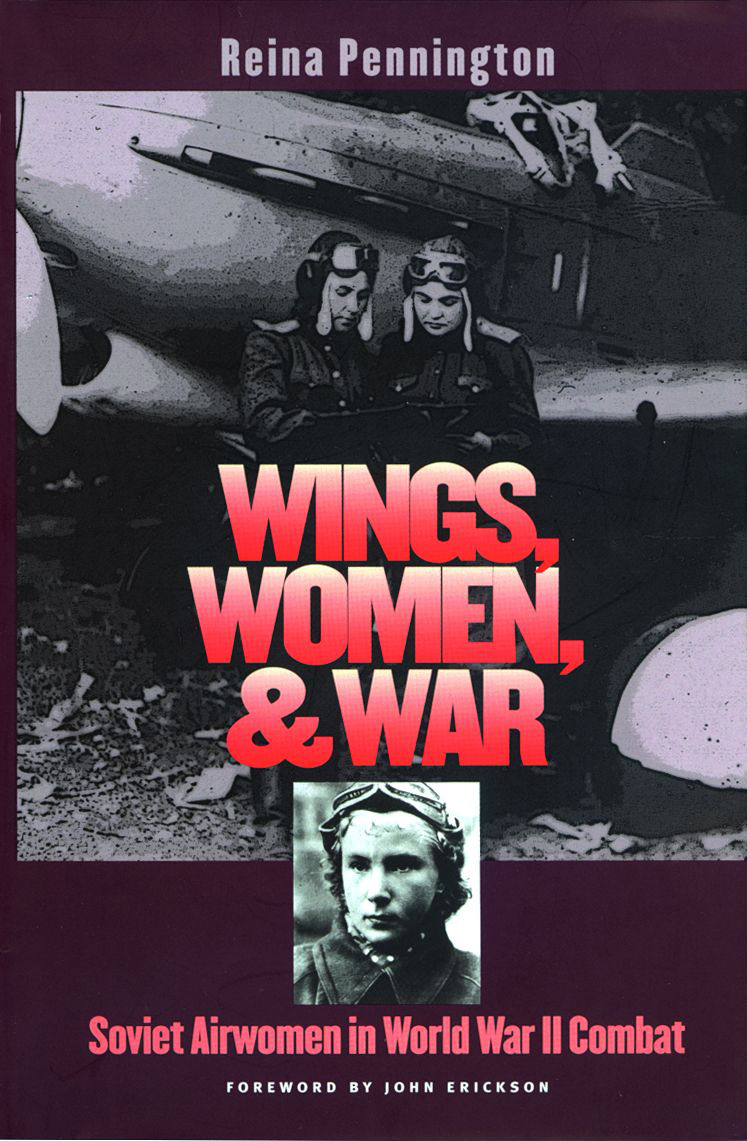 Wings, Women, and War by Reina Pennington, University Press of Kansas, Lawrence, 2002, 291 pp., 60 photographs, 6 maps, notes, index, $29.95 hardcover.
Wings, Women, and War by Reina Pennington, University Press of Kansas, Lawrence, 2002, 291 pp., 60 photographs, 6 maps, notes, index, $29.95 hardcover.
Besides toiling in defense plants, women on both the Allied and Axis sides in World War II performed myriad tasks: nursing, clerking, manning radios and telephone switchboards, driving ambulances and staff cars, plotting in naval and air control centers, spying, serving in underground groups, and even manning antiaircraft batteries. British and American women ferried all types of aircraft, and tiny Hanna Reitsch was much admired by Adolf Hitler as one of the Luftwaffe’s most versatile test pilots.
But only the Soviet Union used large numbers of women in combat. By the end of 1943, more than 800,000 women were in Russian military service—about 8 percent of the total personnel. Altogether, as many as a million Soviet women, including partisans, served in the armed forces; half of them were at the front.
The Soviet Union was the first nation in history to allow female pilots to fly combat missions. Flying aging bombers and flimsy wood-and-canvas Polikarpov PO-2 biplanes, they dropped bombs and dueled with the Luftwaffe over the Eastern Front, and their heroism, stamina, and aggressiveness amazed both their male comrades and their Nazi foes. Ninety of the “Night Witches,” as the Germans dubbed them, earned the Hero of the Soviet Union award.
Their story is told with narrative flair and extensive detail in this revealing study by Reina Pennington, a former Air Force and Defense Intelligence Agency officer and current director of peace, war, and diplomatic studies at Norwich (Vt.) University. She has done an awesome job of research and documentation to produce a vivid and often moving saga of women in combat.
She tells how, after the Soviets suffered almost catastrophic losses of men and airplanes during the German push into the Ukraine in the summer of 1941, Marina Raskova, the “Russian Amelia Earhart,” persuaded Marshal Josef Stalin to permit the organization of women combat fliers. From the civil air fleet and flying clubs that had been formed in the 1930s, Raskova picked 200 recruits aged 18 to 22.
The all-female Aviation Group 122, organized in October 1941, comprised the 586th Fighter Regiment, the 587th Bomber Regiment, and the 588th Night Bomber Regiment, which was to earn the coveted designation of the 46th Guards Night Bomber Regiment. Other women pilots flew with male squadrons.
Deftly weaving anecdotes, official reports, and analysis, Pennington chronicles the organization and leadership of the three regiments and the experiences of their pilots, navigators, gunners, and ground crews. She describes how the women’s regiments flew a total of 30,000 sorties, fighting all the way from the Ukraine to Berlin. The 586th Fighter Regiment fought in 125 separate aerial battles in two and a half years. The women—with lyrical names like Tamara, Katya, Valentina, and Katerina—carried wildflowers in their cockpits and retained their femininity with determination while fighting in a brutal air war. They never hesitated to plunge into German formations, no matter how slim the odds. The most famous of them was Lilly Litvak, a shapely, gray-eyed, five-foot-tall blonde with a sunny personality. Flying Yak fighters, she became a leading ace by destroying 12 German planes, and earned the title of the “Rose of Stalingrad.” She was killed when she was set upon by eight German Me-109 fighters in the Donets Basin in August 1943.
Both harrowing and inspiring, Pennington’s book should become a classic of World War II aviation history.
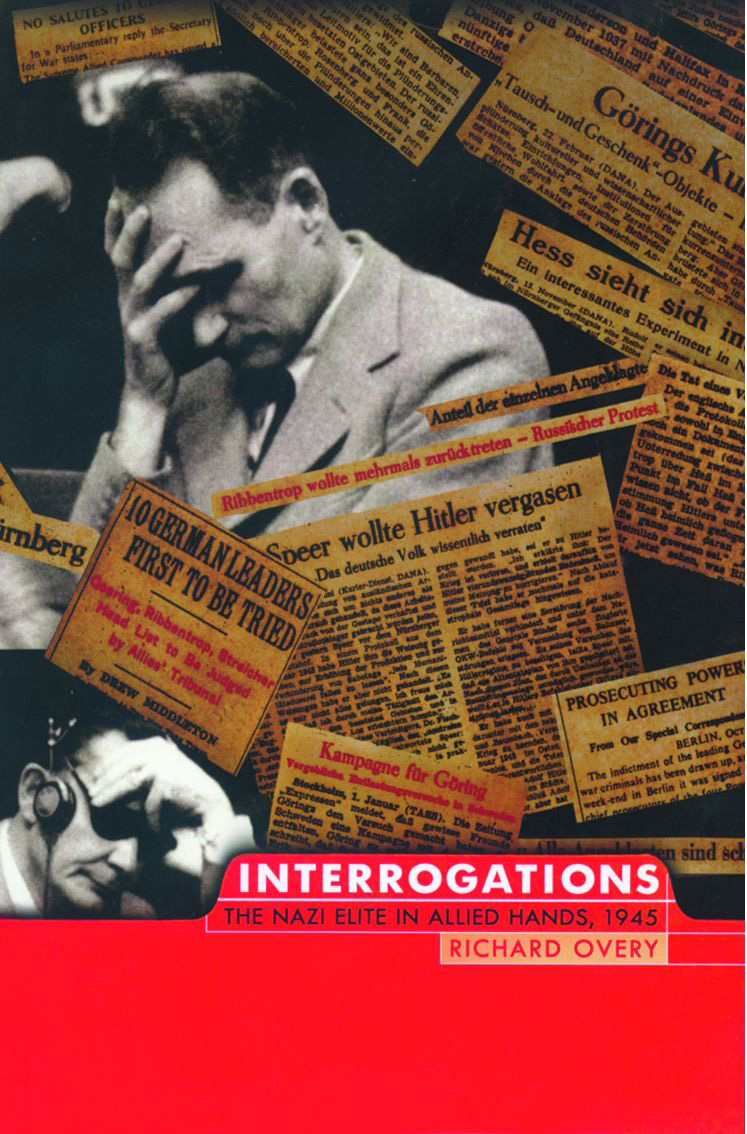 Interrogations by Richard Overy, Viking, NY, 2001, 630 pp., photographs, notes, index, $32.95 hardcover.
Interrogations by Richard Overy, Viking, NY, 2001, 630 pp., photographs, notes, index, $32.95 hardcover.
British Prime Minister Winston Churchill was one of the more humanitarian leaders of the bloodstained 20th century, but he harbored no sympathy nor thoughts of mercy for the “Hitler gang” that initiated World War II and inflicted suffering on millions.
He did not believe that a formal judicial trial was necessary at war’s end for major Nazi criminals and wanted to avoid the “tangles of legal procedure.” If the prime minister had gotten his way, there would have been no Nuremberg Military Tribunal.
It was Churchill’s earnest wish, expressed in the months leading up to the end of the European war in May 1945, that the captured Nazi leaders be identified positively by a local army officer with the rank of major general or above, and then taken out and shot, preferably within six hours. This, he believed, would be a fitting end for the band of psychopaths and hoodlums he branded “world outlaws.”
Churchill’s sentiments were shared by many in the British hierarchy, including Lord Simon, the government’s senior legal adviser, who said the Axis leaders should be treated as common outlaws; the Archbishop of Canterbury, who wanted them simply “done to death”; and moderate Labour Party leader Clement Attlee, who had urged the War Cabinet in the summer of 1944 to consider executing a selection of German businessmen “as an example to the others” not to pursue their “nefarious ends” through the war.
President Franklin D. Roosevelt was inclined to agree with Churchill, but eventually America and the Soviet Union came around and agreed to reject swift executions in favor of a full trial, as Richard Overy explains in his intimate and revealing study of the Nazi elite in Allied hands in 1945.
“Uncle Joe” Stalin took an unexpectedly respectable line, says the author. The Soviets had no doubts about the guilt of the German leaders and certainly no qualms regarding summary executions, but they recognized the political value of putting Nazism in the dock at a large-scale “show trial.” So, the result was the year-long trial of 22 war criminals that opened in rubble-strewn Nuremberg in November 1945.
Featuring more than 30 interrogation transcripts, this scholarly, penetrating book provides a close examination of the notorious prisoners, their squirms under the hostile glare of Allied counsel, and their fates. Gracefully written, informed, and exhaustive, this may well become the definitive work on the subject.
Overy, who is a professor of modern history at King’s College in London and also the author of outstanding volumes on the Eastern Front, the Battle of Britain, and the Third Reich, profiles in detail the 22 defendants and sheds light on the shadowy transition period between their capture in May-June 1945 and the start of the trial.
Most of the interrogation transcripts reproduced here are disappointing; many are trivial, tedious, and sometimes embarrassing. Among the unsavory bunch in the dock in 1945-1946, says Overy, two stood out: former Reichsmarshal Hermann Göring and architect/production minister Albert Speer.
Drastically slimmer after months of prison diet and now off the drugs on which he had become increasingly dependent, Göring radiated self-confidence at Nuremberg, was remarkably well informed, and remained supremely unrepentant. The handsome, charming Speer, on the other hand, was the only prisoner to readily acknowledge the evils of Nazism and accept responsibility, albeit diffuse, for his own actions.
For those seeking a deeper understanding of World War II and the perpetrators who unleashed and nurtured it, this is a most enlightening and rewarding study. It is intelligent, balanced, and literate.
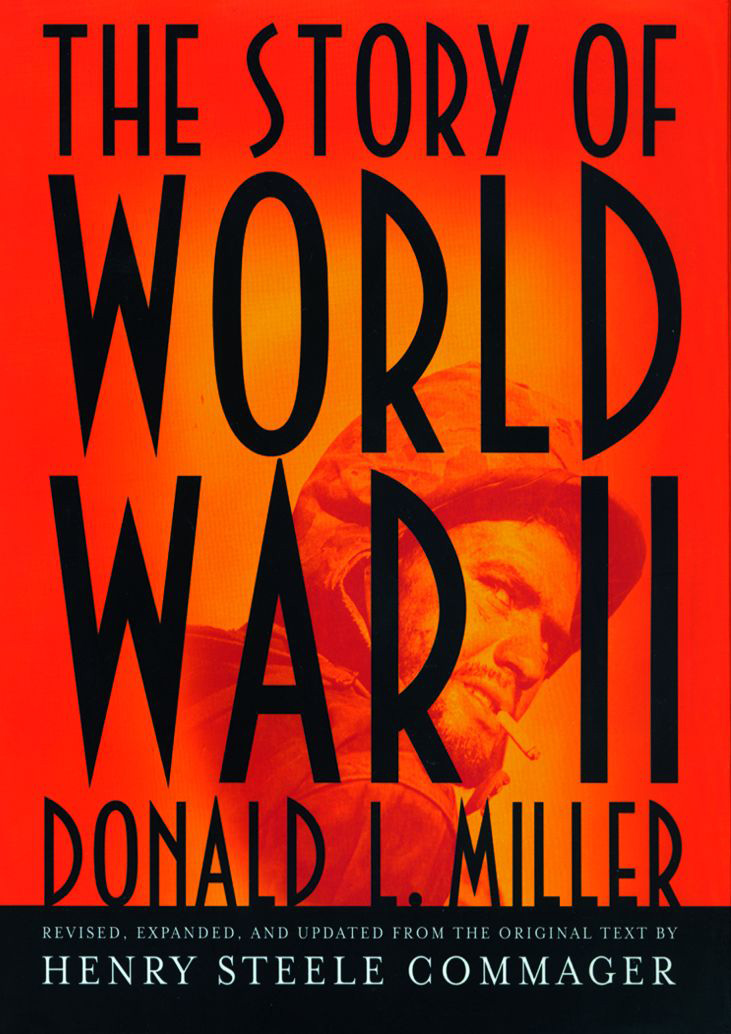 The Story of World War II by Donald L. Miller, Simon & Schuster, NY, 2001, 704 pp., 130 photographs, 22 maps, notes, index, $35.00 hardcover.
The Story of World War II by Donald L. Miller, Simon & Schuster, NY, 2001, 704 pp., 130 photographs, 22 maps, notes, index, $35.00 hardcover.
While working as a War Department public information officer in London, Paris, and Washington during World War II, historian Henry Steele Commager started writing a book about the 1939-1945 conflict.
The distinguished teacher-scholar at Columbia University and Amherst College selected dispatches from such leading correspondents as Ernie Pyle, John Steinbeck, John Hersey, Robert Sherrod, and Martha Gellhorn and wove them into a vigorous running account of the war on land, at sea, and in the air. First published in 1945, it was both a classic one-volume chronicle and a work of moral partisanship.
Commager was an aroused humanitarian who believed that civilization itself was imperiled by fascist tyranny, and that this was a just struggle against evil incarnate. He did not set out to write a comprehensive war history; in late 1945 it was too soon for that. “But war is not only a matter of information and statistics,” Commager wrote. “It is felt experience, and no later generation can quite recapture that experience. Here is the story of the war as it came to the American and British people—as it looked and felt while the fighting was going on.”
Now, Commager’s book has been revised, updated, and expanded by Donald L. Miller, the John McCracken professor of history at Lafayette College in Easton, Pa. With a text that is more than 75 percent new and embellished with photographs and maps, Miller has greatly enriched Commager’s passionate narrative while deftly preserving its immediacy and force. It is a significant publishing event and a stunning achievement, and Commager himself would be proud. Miller has an unerring eye for detail and a good story.
Studded with revealing eyewitness accounts, the narrative is terse and riveting as it strides across the global experience of the war years—from Warsaw to Dunkirk, Pearl Harbor to El Alamein, Leningrad to Guadalcanal, Tripoli to Salerno, Schweinfurt to Tarawa, the North Atlantic to Kohima, Normandy to Iwo Jima, Arnhem to Tokyo Bay.
Miller provides extensive new coverage of the Pacific Theater, the air war, and the liberation of the German death camps, and places the personal accounts of soldiers, sailors, airmen, nurses, and reporters in a historical context that was unavailable to Commager. Unfortunately, yet predictably, the aroma of “political correctness” wafts through these pages as Miller sees fit to emphasize the gallant though limited contributions of token minority units in the U.S. armed forces while paying cursory attention to some important campaigns and battles.
Likewise, the long and costly service of the British and Commonwealth forces is played down. This is common practice with American historians, but is unfortunate when one observes how latter-day Hollywood and television have led younger Americans to believe that World War II opened at Pearl Harbor and was won solely by George Patton, the “greatest generation” of GIs, and a few well-publicized Marines in the Pacific.
Nevertheless, The Story of World War II is a genuine page-turner—a superbly written and absorbing overview of the war that is a masterwork of historical scholarship.
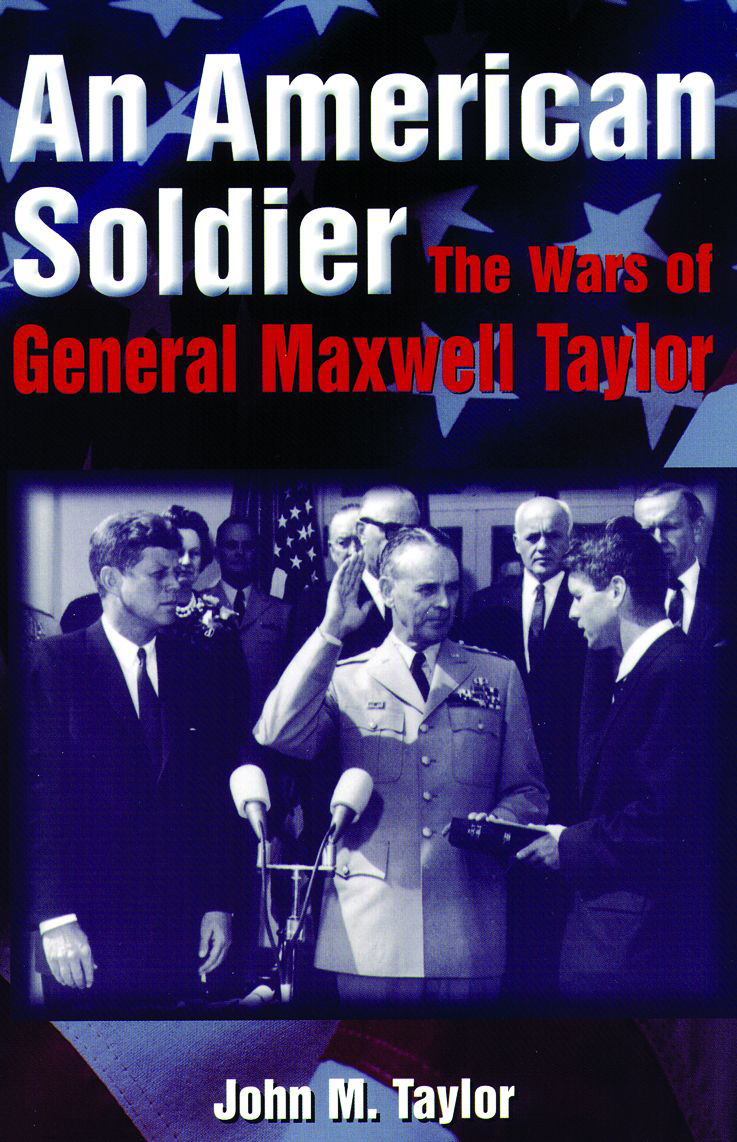 An American Soldier by John M. Taylor, Presidio Press, Novato, Calif., 2001, 458 pp., 32 photographs, appendices, notes, index, $22.95 softback.
An American Soldier by John M. Taylor, Presidio Press, Novato, Calif., 2001, 458 pp., 32 photographs, appendices, notes, index, $22.95 softback.
Tall, handsome, scholarly, bilingual, and charming, Missouri-born General Maxwell D. Taylor was one of the outstanding American soldiers of World War II and the Cold War.
In fact, as both a soldier and diplomat, his service to the country in both war and peace was the most diverse of the World War II generals. Former Defense Secretary Caspar W. Weinberger called him “one of the great military men in America,” and former President Ronald Reagan termed him “a soldier’s soldier and a statesman’s statesman.”
Forty years old at the time of Pearl Harbor, Max Taylor was one of the youngest major generals in the U.S. Army and the first American general to fight on German-held territory. After serving as chief of staff of the 82nd (“All-American”) Airborne Division and jumping into Sicily in 1943, he led the 101st Airborne (“Screaming Eagle”) Division into Normandy in the early hours of June 6, 1944; was decorated for his gallant leadership in the tough, three-day battle for Carentan; and fought in the ill-fated Operation Market-Garden in Holland in September 1944. His division occupied the Nazi “redoubt” at Berchtesgaden in May 1945, and safeguarded the famous Mozar Museum in Salzburg and Reichsmarshal Hermann Göring’s stolen art collection.
Seldom has a son written such an incisive and well-rounded biography of a distinguished father, but historian John M. Taylor has achieved it with this book. Written with grace and clarity, it is personal and sympathetic, yet forthright and finely balanced. Everyone concerned with military leadership in WWII—and peacetime—will savor this superior portrait.
Smoothly and concisely, John Taylor details every phase of his father’s long and distinguished career: the cloak-and-dagger mission into German-held Rome in September 1943 to negotiate an Italian armistice; his superintendency of the U.S. Military Academy after the war; service as the U.S. commander in West Berlin and leading the Eighth Army in Korea; his tenure as the Army chief of staff under President Dwight D. Eisenhower; his resignation after sharp disagreements over official policy; and the publication of his influential book, The Uncertain Trumpet, which advocated “flexible response” in American defense thinking.
But, as the author shows, Max Taylor’s service did not end there. After the Bay of Pigs fiasco in Cuba, President John F. Kennedy asked Taylor to be his personal military adviser. He chaired the Joint Chiefs of Staff, played a key advisory role in the 1962 Cuban missile crisis, and served in the mid-1960s as ambassador to South Vietnam in Saigon (his most controversial role), where he started as a “gradualist” but came to conclude that “no one, not even the President, has the moral right to put a man on the battlefield or in hostile air space and restrict him from taking all the measures needed for his survival and the execution of his mission.”
A soldier such as Maxwell D. Taylor—gallant, dedicated, intelligent—richly deserves a biography of this caliber.
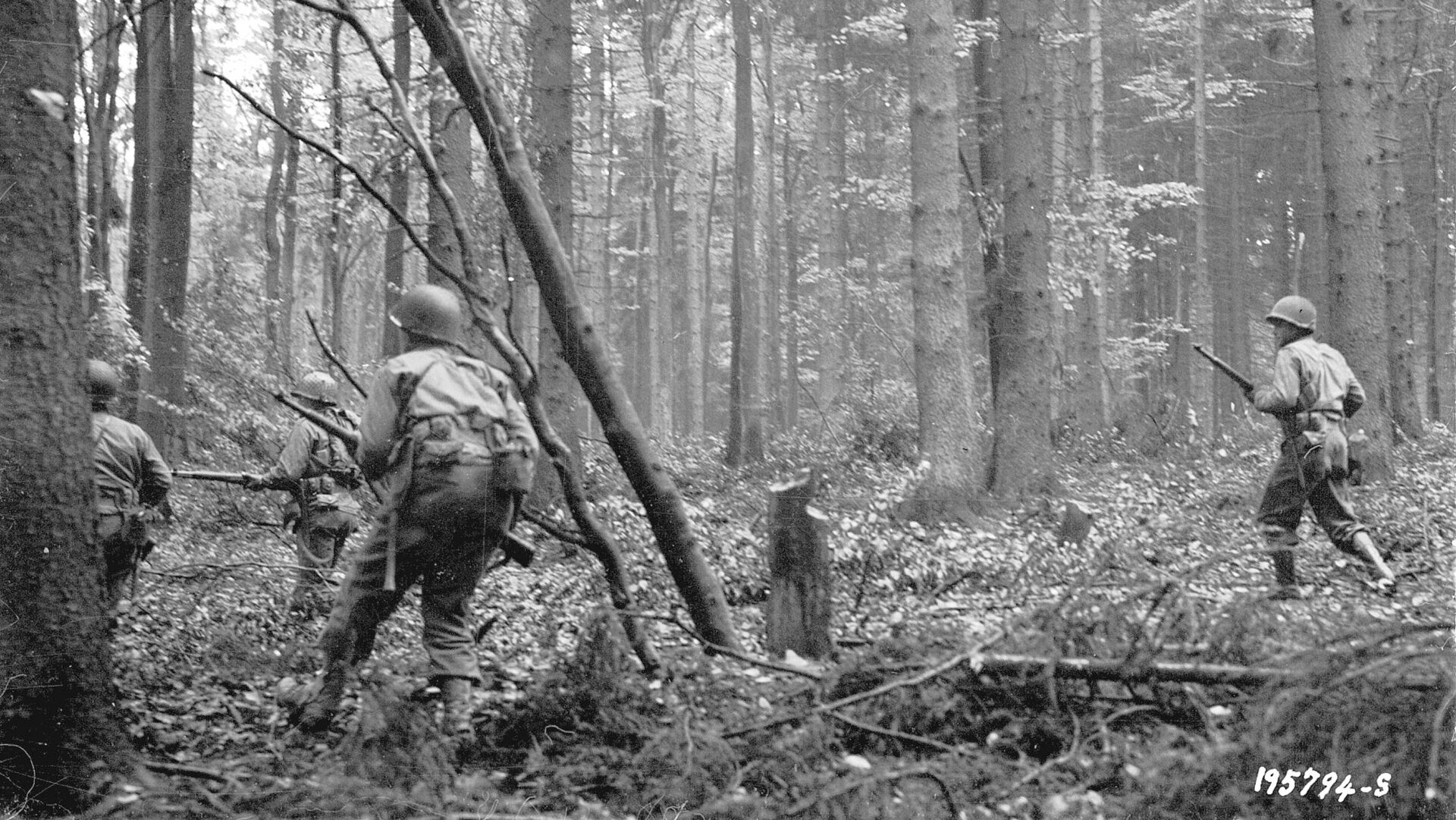
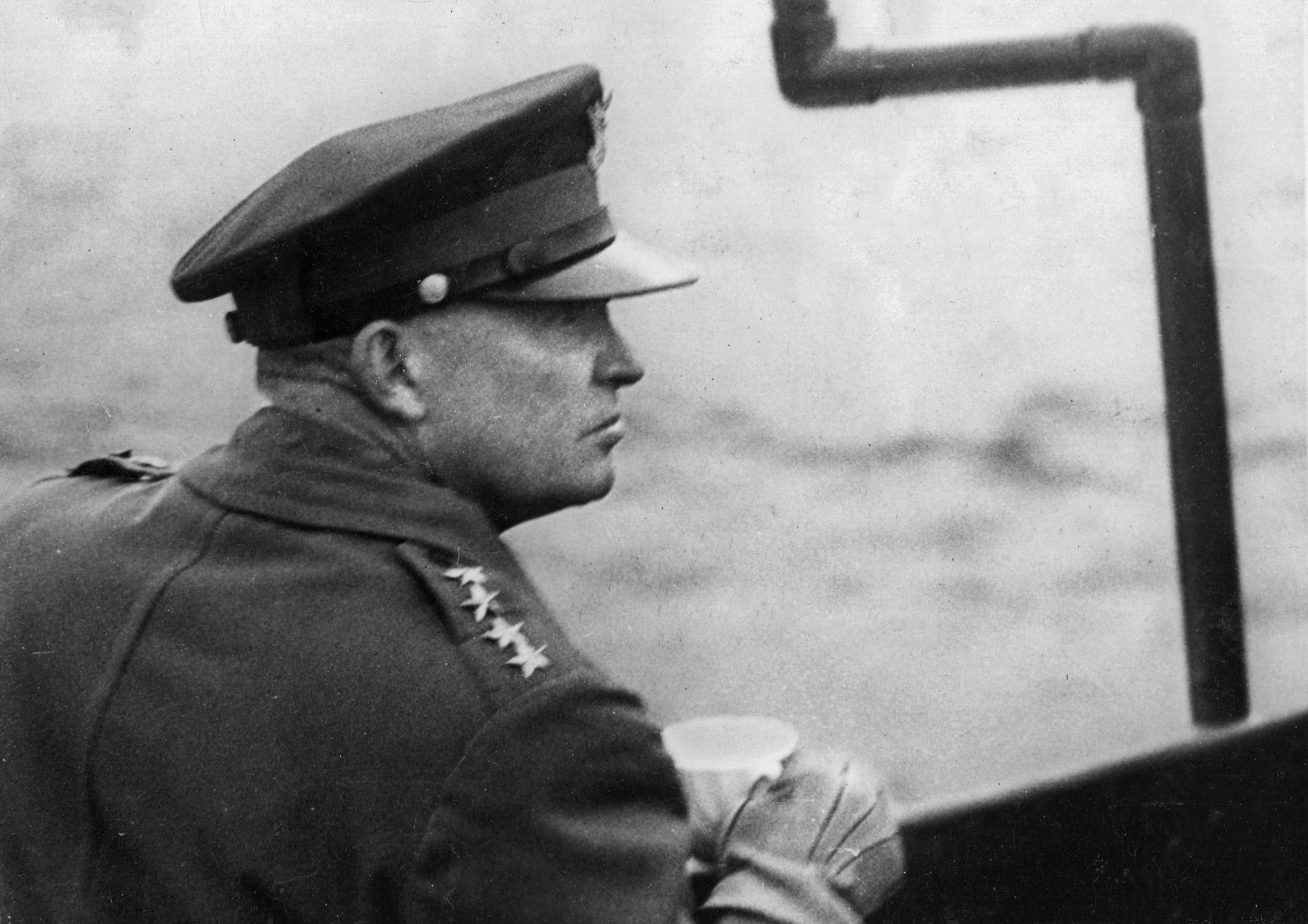
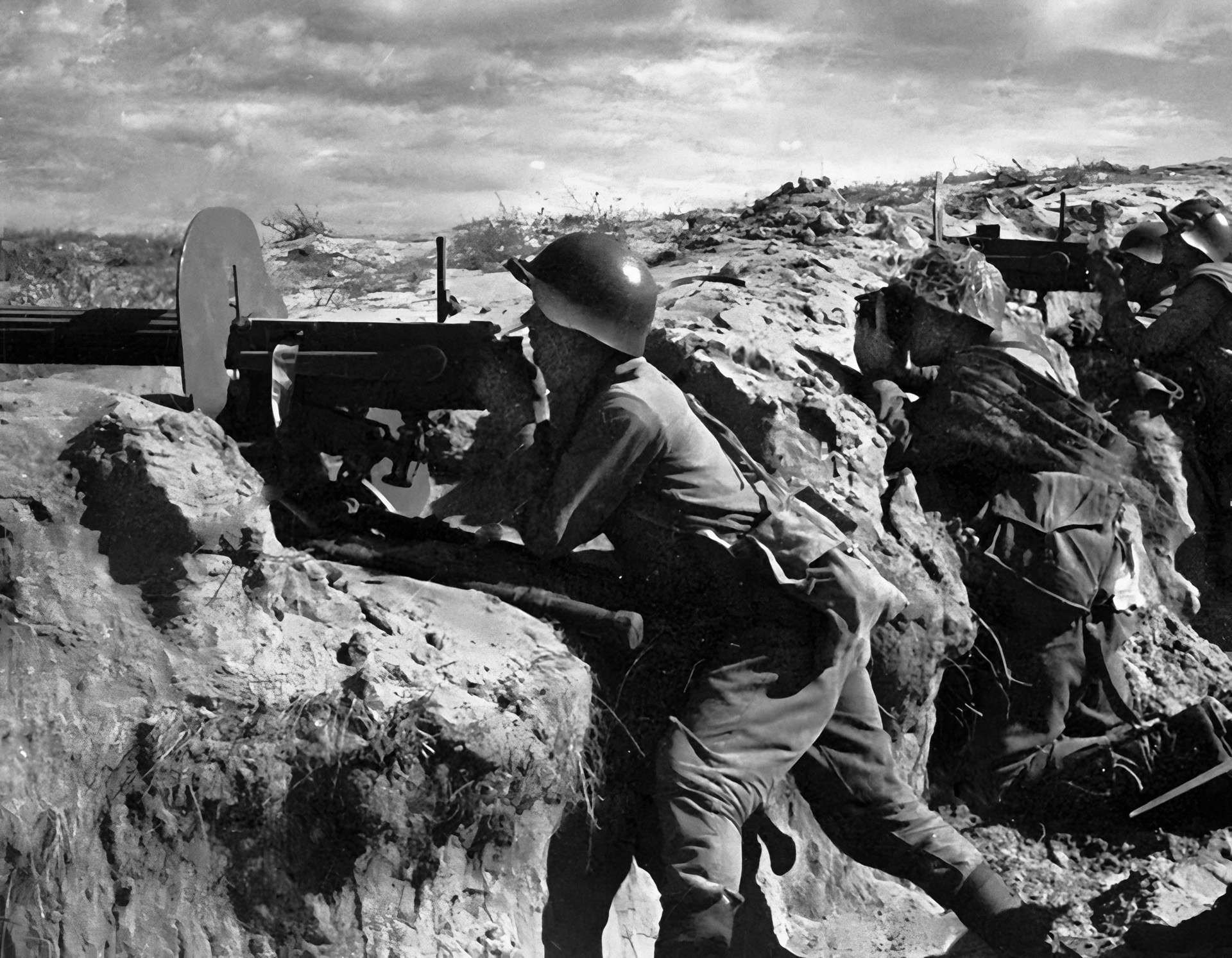
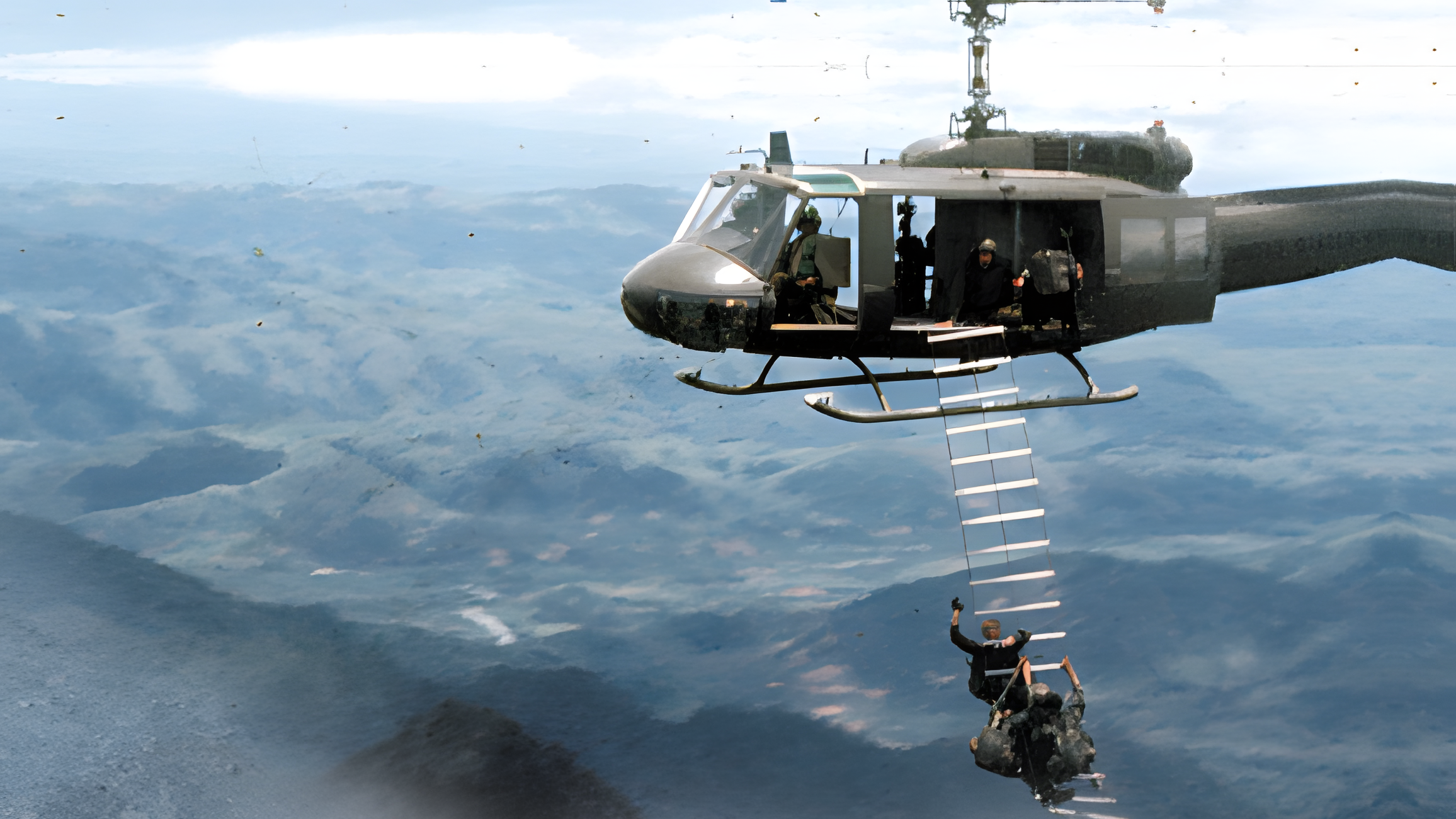
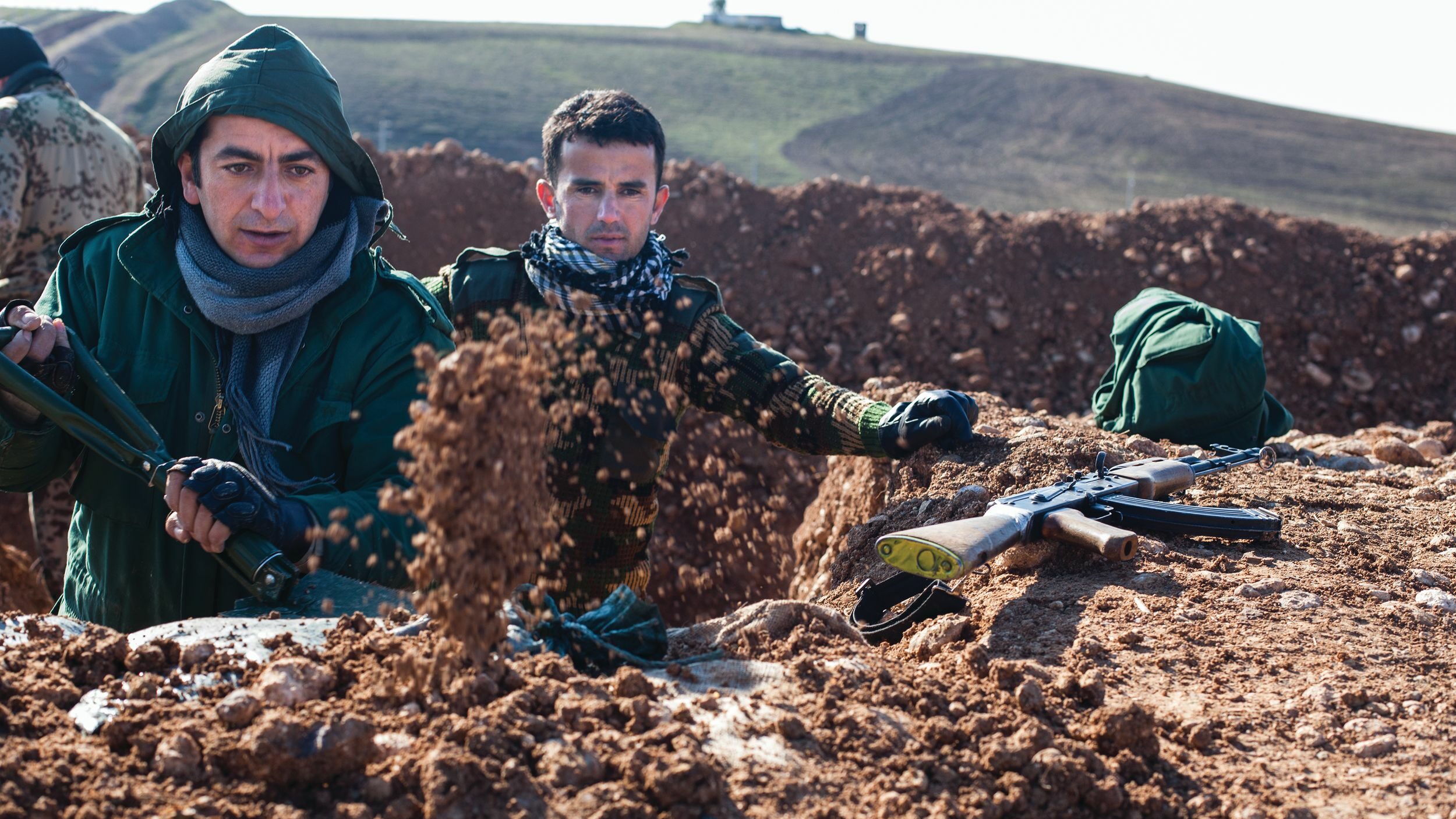
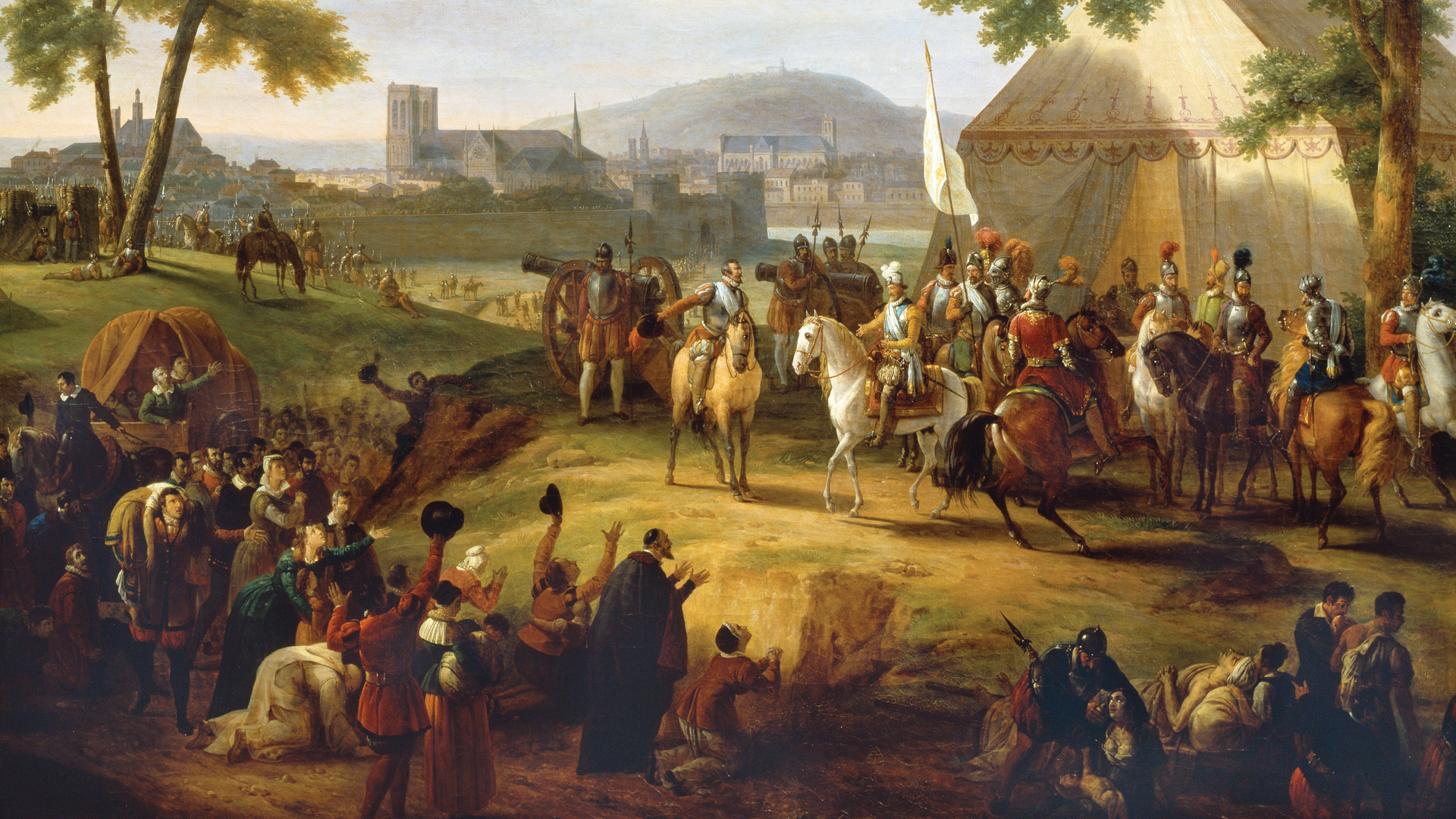
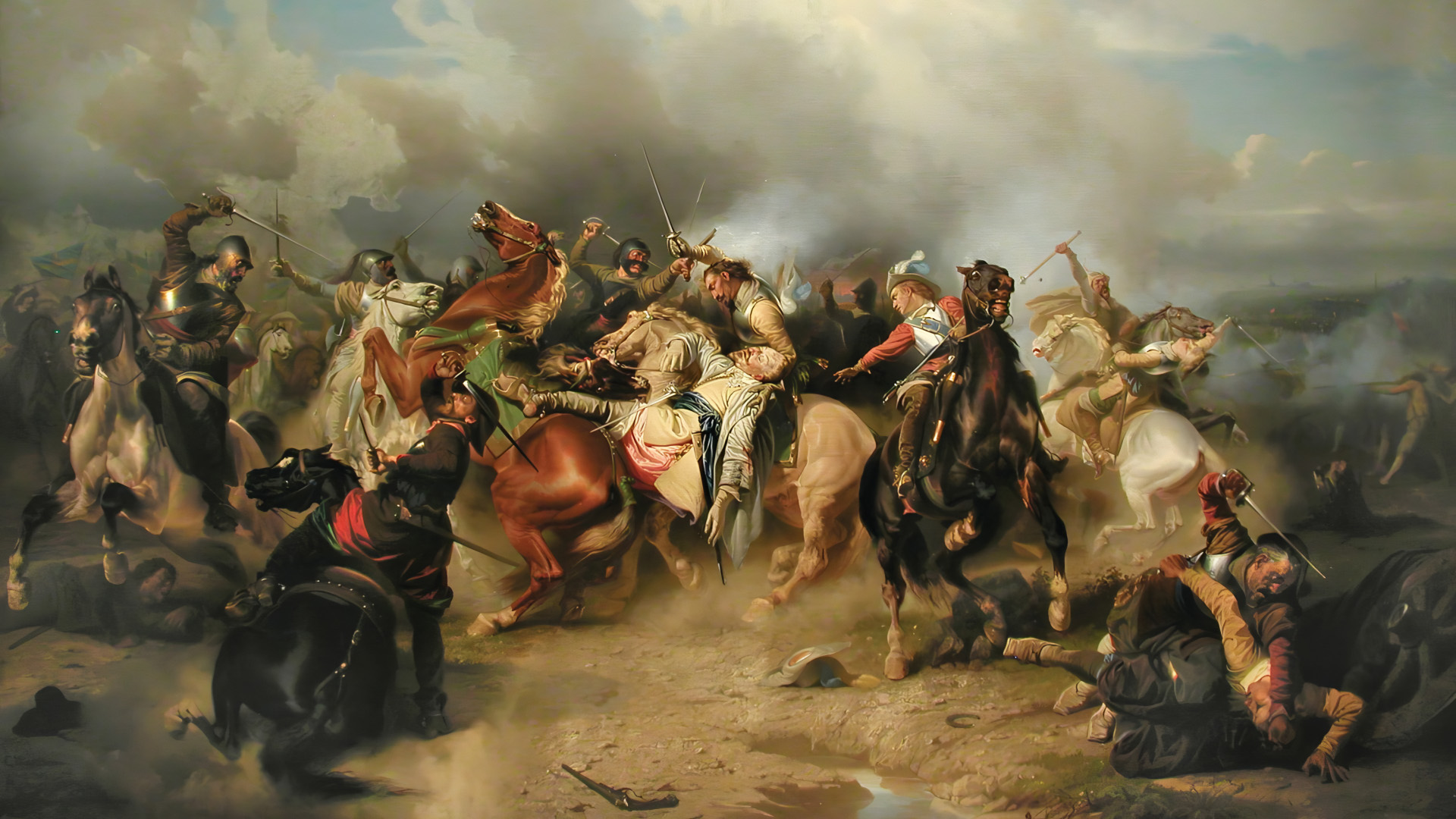
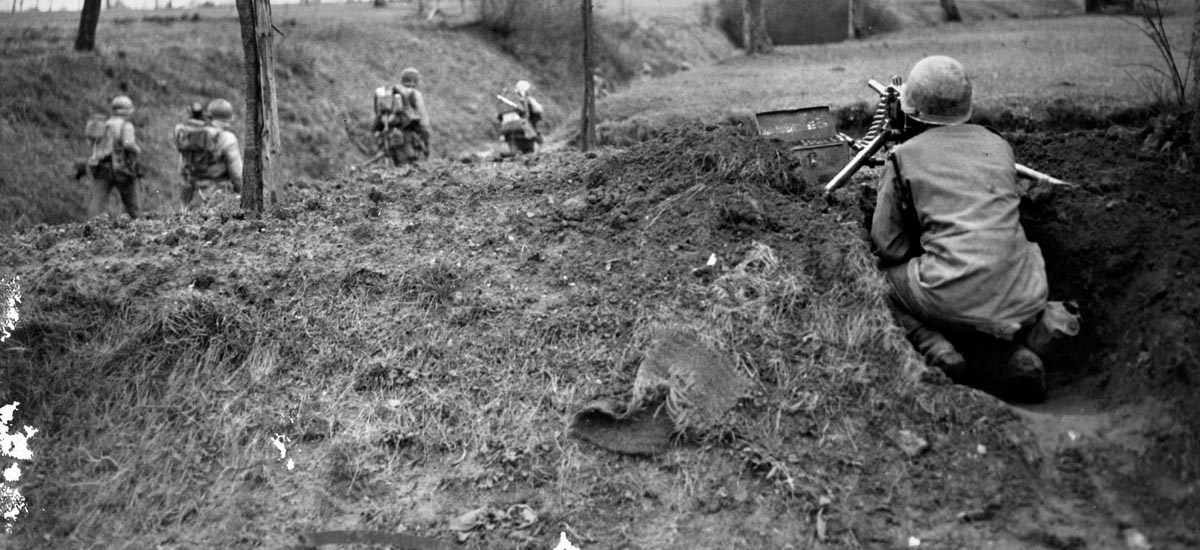
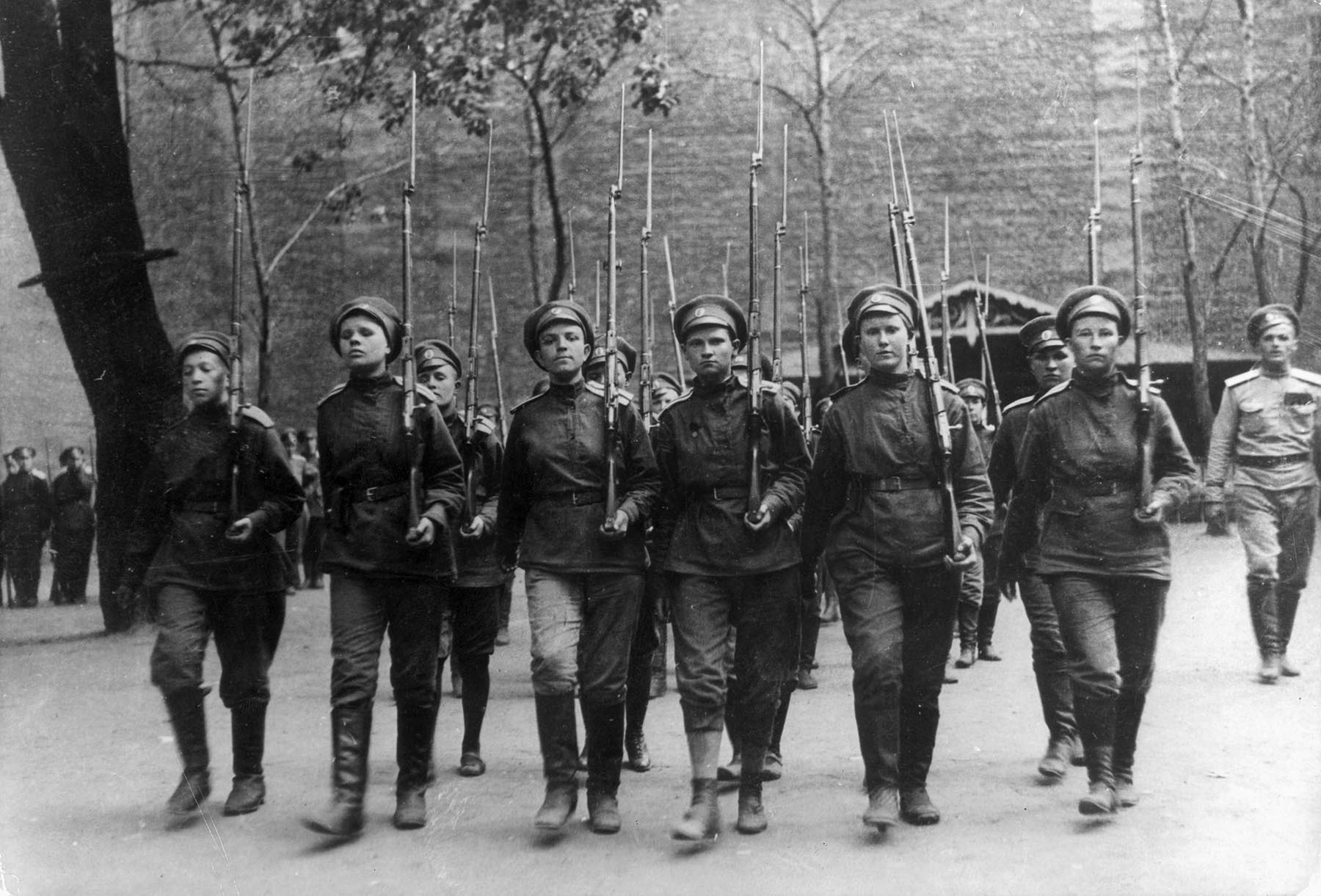
Join The Conversation
Comments
View All Comments